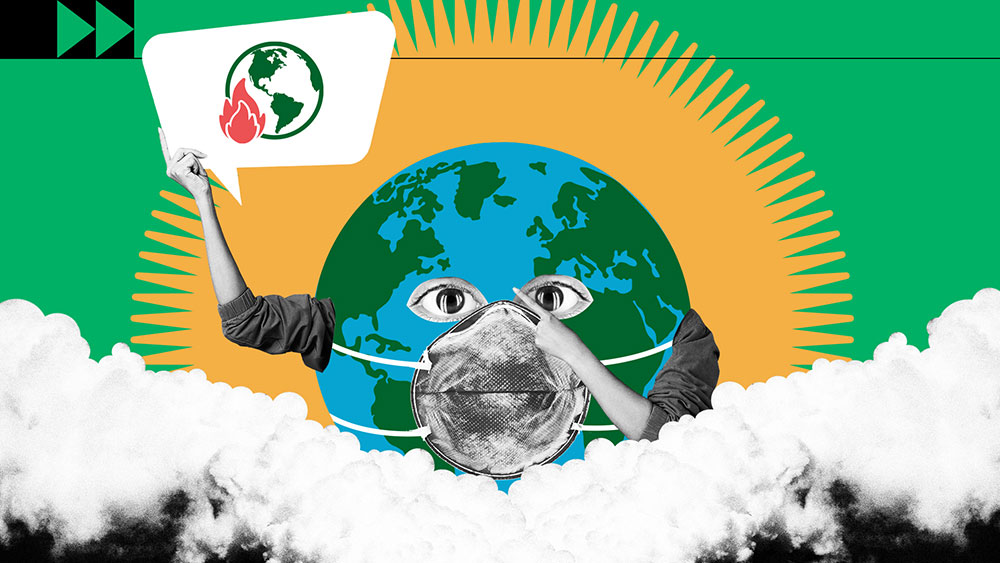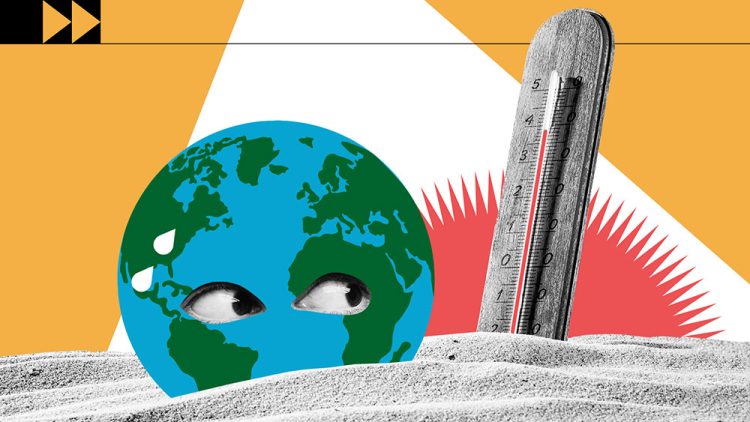Introduction: Living with Uncertainty
Unlike earlier decades when climate change was seen primarily as a challenge of prevention, today it is also a challenge of adaptation. Even if global mitigation succeeds in slowing warming, societies and economies must learn to live with new climates, shifting ecosystems, and emerging risks.
Resilience has become the key word: the capacity of humans, institutions, and economies to anticipate, absorb, and adapt to shocks while maintaining long-term stability. The story of climate change in the 21st century is not only about carbon emissions—it is also about human survival, adaptation, and innovation in the face of uncertainty.
1. Understanding Climate Resilience
1.1 Defining Resilience
- Resilience vs. Vulnerability: While vulnerability refers to exposure to risks, resilience emphasizes the ability to recover.
- It spans multiple scales: from households and cities to national economies and global systems.
1.2 The Dimensions of Resilience
- Ecological Resilience: Restoring forests, wetlands, and biodiversity to buffer climate extremes.
- Social Resilience: Strengthening communities through education, healthcare, and inclusion.
- Economic Resilience: Diversifying industries, ensuring food security, and stabilizing financial systems.
2. The Pressures of a Warming World
2.1 Climate Extremes
- More frequent megafires (California, Australia, Mediterranean).
- Heatwaves as the deadliest climate disasters, stressing energy and healthcare.
- Floods and Storm Surges threatening coastal megacities like Jakarta and Miami.
2.2 Humanitarian Challenges
- Millions forced into climate-induced migration, especially in South Asia and Africa.
- Rising risk of conflict over water and arable land.
- Health burdens from vector-borne diseases and air pollution.
2.3 Economic Disruption
- Agricultural instability reshaping trade patterns.
- Insurance industries strained by unprecedented disaster losses.
- Supply chain shocks revealing global interdependence.
3. Building Societal Resilience
3.1 Urban Adaptation
- Cities as frontline actors, experimenting with green infrastructure.
- Examples: Rotterdam’s floating neighborhoods; Singapore’s vertical gardens; New York’s coastal defenses.
3.2 Community-Based Approaches
- Local participation enhances adaptive success.
- Indigenous knowledge offers sustainable practices for managing drought and biodiversity.
3.3 Education and Awareness
- Climate literacy in schools builds long-term adaptive capacity.
- Public communication reduces misinformation and strengthens social trust.

4. Economic Resilience and Transition
4.1 Diversifying Energy and Industry
- Moving away from fossil fuel dependency to renewables.
- Encouraging green entrepreneurship and climate-smart technologies.
4.2 Agriculture and Food Systems
- Adoption of climate-smart agriculture (drought-resistant crops, precision irrigation).
- Regional trade frameworks to ensure food security.
4.3 Insurance, Finance, and Global Markets
- Climate risk insurance protects vulnerable populations.
- Green finance (sustainable bonds, ESG investment) channels resources to adaptive projects.
- Global markets increasingly reward resilience as an economic asset.
5. Case Studies in Climate Resilience
Case 1: Bangladesh and Flood Adaptation
- Despite high vulnerability, Bangladesh has pioneered early warning systems, floating agriculture, and community resilience programs.
Case 2: Africa’s Great Green Wall
- Pan-African initiative to restore degraded land, halt desertification, and strengthen livelihoods across the Sahel.
Case 3: The Arctic Communities
- Indigenous peoples balancing modern adaptation with traditional ecological knowledge.
6. Policy Frameworks for a Resilient Future
6.1 International Cooperation
- Beyond mitigation, global frameworks must emphasize adaptation finance.
- UN Adaptation Fund and Green Climate Fund as vital instruments.
6.2 National and Local Governance
- National Adaptation Plans (NAPs) integrating climate risks into economic planning.
- Decentralized governance empowering local solutions.
6.3 Technology and Innovation
- AI for disaster prediction, blockchain for transparent climate finance, biotechnology for resilient crops.
- Risks of technology dependency must be carefully managed.
7. The Ethics of Climate Adaptation
7.1 Justice and Equity
- Who pays for adaptation? Developed nations bear historic responsibility.
- Vulnerable groups must not be left behind.
7.2 Intergenerational Responsibility
- Today’s choices shape tomorrow’s resilience.
- Adaptation must avoid “locking in” unsustainable solutions.
7.3 Balancing Adaptation and Mitigation
- Adaptation without emission reduction only buys time.
- A truly resilient world requires dual strategies.
Conclusion: Resilience as the New Imperative
The age of resilience has arrived. Humanity cannot simply wait for emissions to decline; it must proactively reimagine cities, economies, and societies for a warmer, more volatile planet.
Resilience is not surrender—it is strength in adaptation. It means transforming vulnerabilities into capacities, building flexible systems, and fostering solidarity in the face of shared risk.
Ultimately, climate change challenges us not only to preserve ecosystems but to reimagine human progress itself: less extractive, more cooperative, and profoundly adaptive.
The success of this century will be measured not by whether we avoided every climate shock but by whether we built a world resilient enough to endure them.
















































